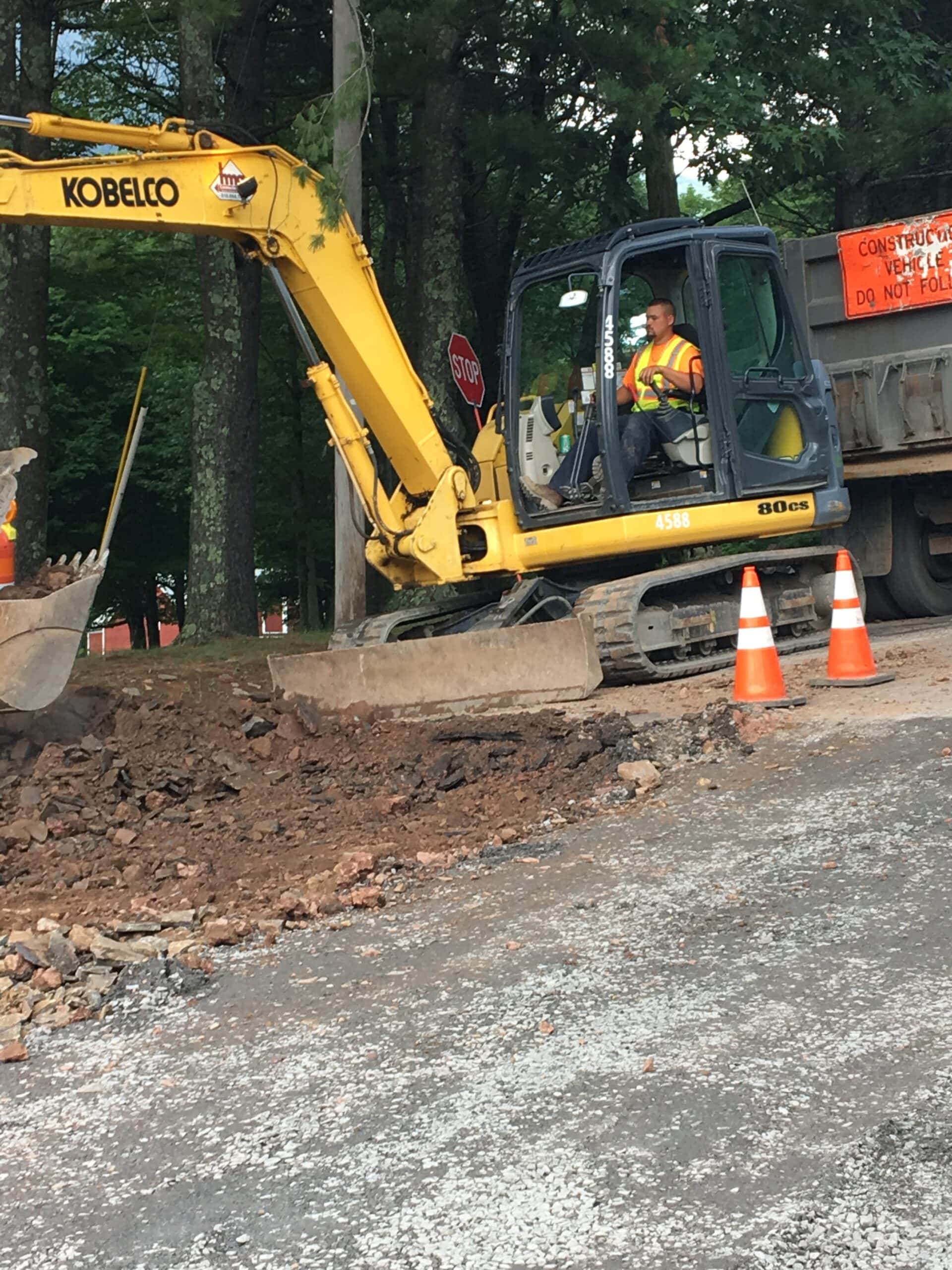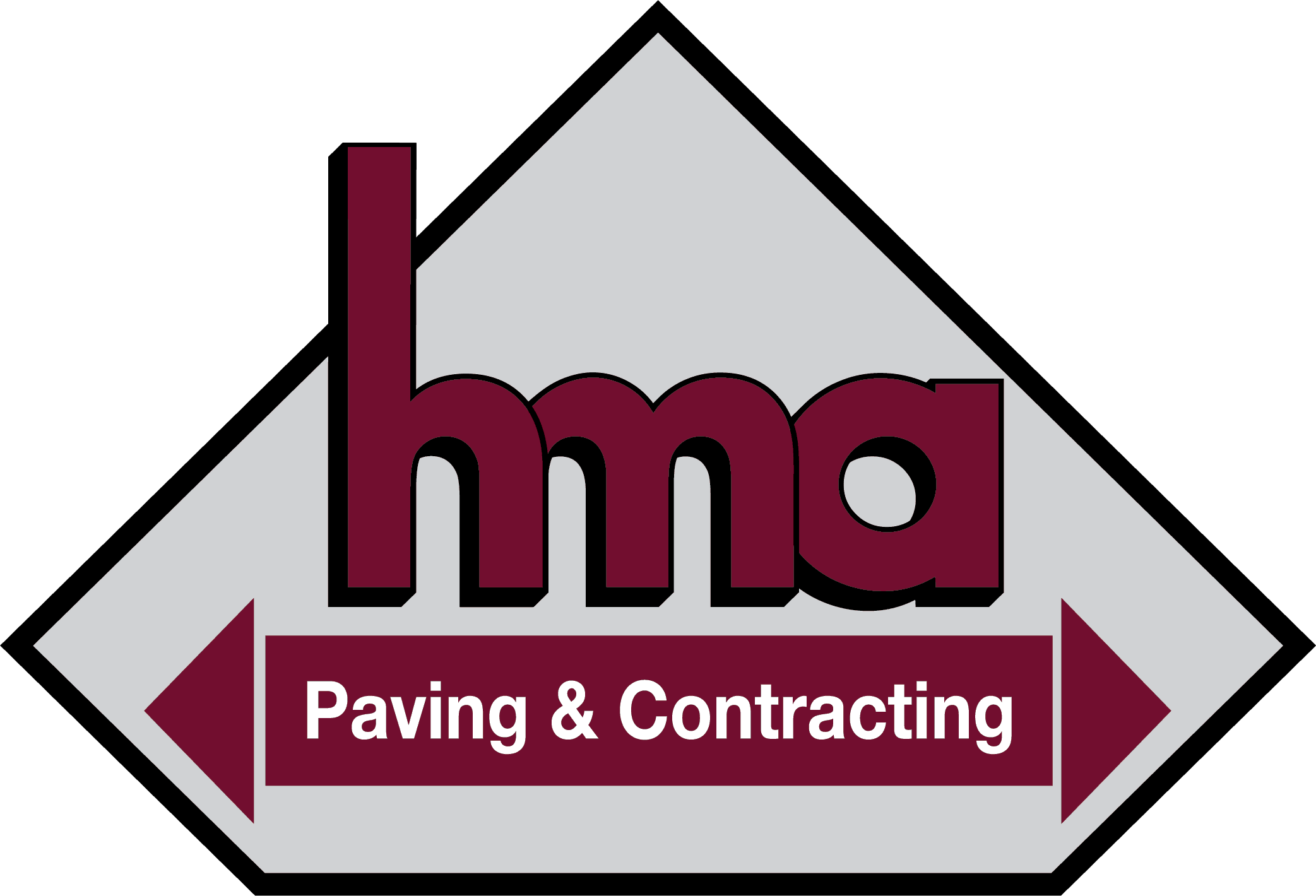
When it comes to running a successful business, the interior might be where the magic happens, but the exterior is the first impression that sets the tone for everything that follows. Maintaining the exterior of your business is crucial not only for aesthetics but also for safety and accessibility. A well-maintained exterior speaks volumes about your commitment to professionalism and safety. Let’s review the warning signs that indicate your business needs exterior maintenance.
Parking Lots
Your parking lot is often the first point of contact for visitors. A neglected parking lot not only looks unappealing but can also pose safety risks.
Cracks and Potholes
Over time, the stresses of weather, heavy traffic, and temperature fluctuations can lead to the development of cracks and potholes in your parking lot’s asphalt surface. These imperfections not only look unsightly but can also lead to vehicle damage and potential accidents. Ignoring them can result in more extensive and expensive repairs down the line. Regularly inspect your parking lot for these issues and consider patching or resurfacing as needed.
Faded Line Markings
Clear and visible line markings are essential for guiding drivers and pedestrians within your parking lot. Faded parking space lines, crosswalks, and directional arrows can lead to confusion and unsafe conditions. A freshly painted parking lot not only improves safety but also projects an image of professionalism and care.
Pooling Water
If you notice water pooling in certain areas of your parking lot after rain, it’s a sign of poor drainage. Puddles can accelerate the deterioration of asphalt and create hazards for pedestrians. Proper drainage solutions, such as installing drains and addressing the slope of the lot, can help prevent water accumulation and potential damage.
Sidewalks
Sidewalks are essential for pedestrian safety and accessibility. Cracked and uneven sidewalks can lead to accidents and can hinder individuals with disabilities.
Cracks and Tripping Hazards
Cracked and uneven sidewalks are not only unsightly but can also create tripping hazards for pedestrians. These hazards can lead to injuries and legal liabilities. Regularly inspect your sidewalks for cracks, gaps, and raised sections. Address these issues promptly by repairing or replacing the affected areas to ensure the safety of anyone walking on them.
Weed Growth
Weeds growing through cracks in the sidewalk may seem like a minor issue, but they can accelerate the deterioration of the concrete or pavement. They also make your business look neglected and unkempt. Regularly remove weeds and consider sealing cracks to prevent further growth.
Settling and Unevenness
Sunken or uneven sections of sidewalks can create uneven surfaces that can be hazardous, especially for individuals with limited mobility. They can also lead to water pooling, which further damages the sidewalk. Promptly addressing settling and unevenness will help to maintain a safe and accessible pathway for everyone.
The Americans with Disabilities Act (ADA) mandates that public places, including businesses, be accessible to individuals with disabilities. Non-compliance can result in legal troubles and a negative reputation.
Lack of Access Ramps
If your business has an entry with steps and no wheelchair ramp, you’re not meeting ADA requirements. Access ramps should be designed with proper slope and dimensions to allow individuals using wheelchairs or mobility devices to enter and exit your establishment comfortably. Install ramps where needed and ensure they meet the necessary specifications.
Inadequate Signage
ADA-compliant signage is essential for visually impaired individuals to navigate your business’s exterior. Signs should include tactile elements, such as braille , and have high contrast for easy readability. Review your signage to ensure it meets ADA guidelines and provides accurate information to all visitors.
Narrow Pathways
ADA regulations dictate that pathways should be wide enough to accommodate wheelchairs and mobility devices. Narrow pathways create barriers for people with disabilities, limiting their ability to access your business. Consider widening pathways or redesigning layouts to provide ample space for everyone to move comfortably.
The Role of Excavation in Exterior Building Maintenance
Maintaining the exterior of a building is often overlooked, but it is a crucial aspect of ensuring the longevity, safety, and aesthetic appeal of any structure. Excavation may seem like a small part of the larger picture, but it plays a pivotal role in maintaining the structural integrity and overall health of your building.
Excavation refers to the process of digging, removing soil, rocks, or other materials from a site to create space for construction, repair, or maintenance purposes. In the context of exterior building maintenance, excavation involves digging around the foundation and other areas of the building’s exterior to address issues such as drainage problems, foundation settlement, and waterproofing concerns.
Drainage Improvement
Improper drainage can lead to water pooling around the building, which can erode the foundation and parking lot, compromising the stability. Excavation allows for the creation or enhancement of proper drainage systems, directing water away from the building, parking lot, and walkways, preventing water-related issues.
Addressing Soil Issues
The quality of the soil surrounding a building can impact its stability. Poor soil conditions, like expansive clay soils or loose fill, can cause the foundation to shift or settle unevenly. Excavation provides an opportunity to assess the soil quality and take necessary steps, such as soil stabilization, compaction, or replacement, to ensure a solid foundation.
Repairing Utility Lines
Sometimes, utility lines running close to the building’s exterior can be damaged due to aging, ground movement, or other factors. Excavation allows for easy access to these utility lines, facilitating repairs or replacements, thereby maintaining the functionality of the building’s systems.
Preventing Future Issues
Regular excavation and maintenance can help detect potential issues before they become critical. By addressing minor problems early on, you can save significant costs and prevent major disruptions in the future.
The exterior of your building is its first line of defense against the elements. Neglecting maintenance, particularly when excavation is necessary, can lead to serious consequences for both the building’s structure and its occupants. From foundation stability to water management, proper excavation plays a critical role in maintaining a building’s longevity, safety, and aesthetic appeal. By investing in regular exterior maintenance, you’re not only protecting your investment but also ensuring a secure and comfortable environment for years to come.
